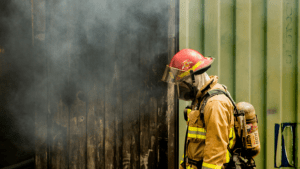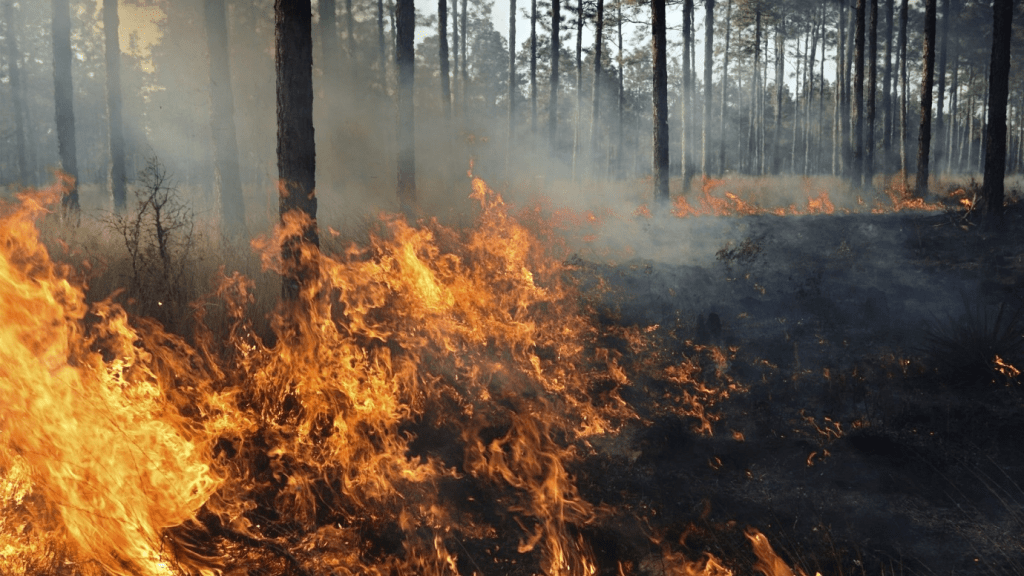
Canada Appeals for International Firefighting Aid
June 09, 2025: Canada has issued an international appeal for firefighting support as wildfires intensify across multiple provinces

May 19, 2023: Wildfires burning all over western Canada have forced thousands of people to remove their homes and have excess some oil and gas companies to curb displays of blazes approaching pipelines.
According to the NASA Earth Observatory, the fires have burned over 78,000 hectares, or 1,800 square miles, across Alberta, British Columbia and Saskatchewan, ten times the average area burned.
According to the Canadian Wildland Fire Information System, nearly 90 fires were burning in Alberta, a quarter of which are anticipated to get larger. Over 20,000 people have had to remove their homes.
The fires have impacted the region’s oil industry, as a few drillers were forced to halt a minor percentage of production as a precautionary measure because of the shifting fire conditions. This week, benchmark Canadian heavy crude costs tightened to multi-month highs over concerns regarding the blazes.
Nearly 2.7 million barrels of daily oil sand production in Alberta is in “very high” or “extreme” wildfire danger zones, according to Rystad Energy, an energy consulting firm.
As of Monday, outage volumes stood at about 240,000 barrels of oil equivalent per day. Nevertheless, the ultimate damage to production will likely exceed that number, Thomas Liles, vice president of Rystad Energy’s upstream research, wrote in a market update.
The smoke has also affected poor air quality and hazy skies in parts of southern Canada, North Dakota, Minnesota, and several other states. The spread of the smoke, containing particles called aerosols, has prompted concerns over the effect of poor air quality on respiratory and heart health.
The air quality levels in many cities in Alberta this week have been ranked as “risking” by Canada’s Air Quality Health Index, the highest-ranking category which determines health risk. Wildfire smoke is forecast to linger and potentially increase over the coming week.
The BC Wildfire Service stated that the arrival of sustained winds from the north has affected “aggressive fire behaviour on all wildfires” in Canada’s Peace Region, located in the northeast of British Columbia between the Rocky Mountain Foothills and the Alberta Plains.
“We are in unprecedented drought claims,” said Scott Rennick, the incident commander located in the North Peace Complex, noting that aggressive fire behaviour is occurring amid higher-than-average temperatures.
We provide the insights on leaders who are responsible for taking their organization to new heights, all the while bringing together a group of talented individuals.

June 09, 2025: Canada has issued an international appeal for firefighting support as wildfires intensify across multiple provinces

May 27, 2025: Air Canada Cuts Five U.S. Routes for Winter 2025–26, Part of Broader Cross-Border Retrenchment

May 26, 2025: Trump Freezes $2.2B in Federal Grants to Harvard Over DEI, Threatens Tax-Exempt Status.

May 14, 2025: Microsoft has announced plans to reduce its global workforce by approximately 3%, affecting roughly 10,000 employees across multiple departments.

May 13, 2025: The Trump administration is considering suspending the constitutional right of habeas corpus in a bid to accelerate mass deportations.

April 29, 2025: Donald Trump’s second term has reached the 100-day mark under sustained public skepticism, with national approval ratings